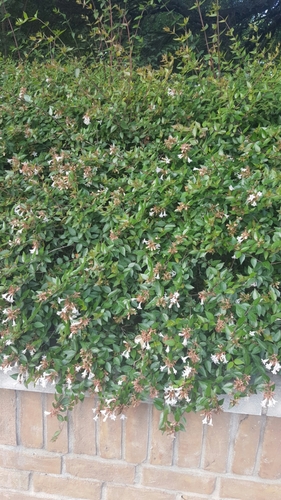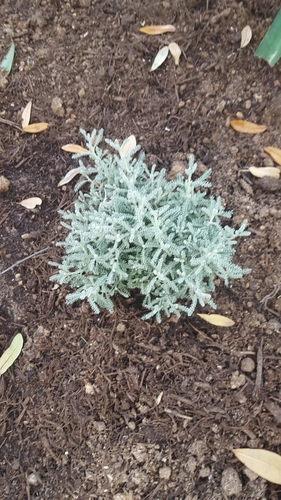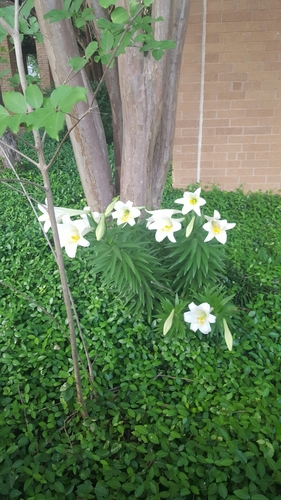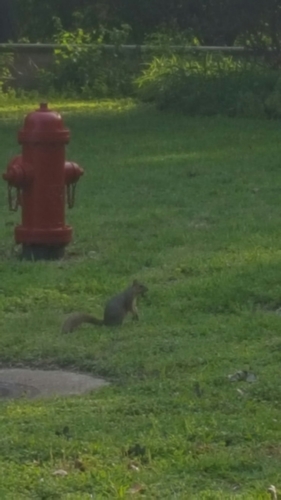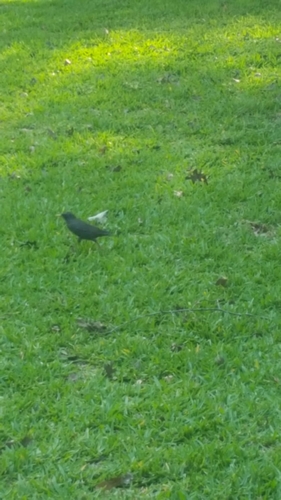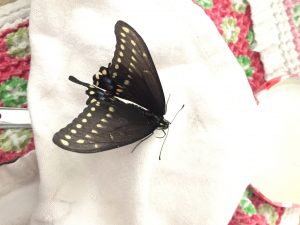
This is the late Theodore (Theo to close friends and family). How did I meet him, you ask? Let me share with you our glorious tale of friendship…
~oOo~
It was last Friday.
There I was, walking home unaccompanied (gasp) from the train station in all my college-student-turned-pack-mule glory. I was contemplating the secrets of the universe, wondering about the meaning of life, questioning why didn’t I ever listen to my father and “pack lighter”??
It was a painful trek; the sun was glaring red fury at the world, the sky was cloudless, hot gusts of wind buffeted me on the left and searing exhaust from passing vehicles attacked me from the right.
In summary, it was gross. I had regrets.
I have a strong suspicion that sweat on my skin was actually the remnants of my brain evaporating from my pores, the heat was so bad. My power was divided between cowering under my umbrella-turned-parasol, and keeping my feet moving along the sidewalk.
And that’s when I noticed him. A flutter of black wings, a glint of gold and blue. Six little legs scrambling, trying to hold onto the pavement. The wind was dragging him along the ground without mercy, pulling him toward the blacktop and the cars that roared across it. The Angel of Death clawed at him through the wake of each passing vehicle.
I waited until the first break in traffic to scoop him off the curb. He clambered onto my hand willingly, crawled up my arm, then finally latched onto my shoulder. I decided to take him home with me, since he seemed content to stay where he was. Talking to him kept me sane during that last part of my walk home, and in a moment of heat-muddled creativity, I named him Theodore.
We had many adventures together this past weekend. He practically lived on my shoulder, which amazed both myself and my family. We had never seen such a still butterfly, although Theo proved to be as clumsy as any human, in his own way: such as when he was startled, or decided flapping his injured wings as he walked across my arm was a good idea. It really wasn’t, but he was cute like that.
I researched everything I could think of about his species, visited butterfly forums online, searching for information on how to care for him and compiling a mental list of everything I could possibly do to keep him alive.
I started keeping a little Theo journal, detailing everything that happened like an overly excited mother who just had her first child. Because when would another opportunity to care for such an amazing little creature come around?
And from what I could see, he was an older butterfly (I called him “my retired little aviator”) and didn’t have much longer to live.
I turned out to be right when I woke up on Monday, and my parents told me he had passed during the night.
I never thought I would actually get emotional over a butterfly, but there you have it, folks.
iNaturalist Observation


